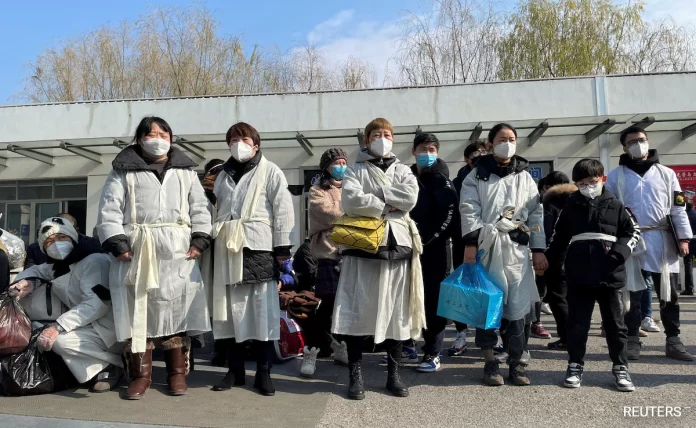China is expected to experience a second consecutive year of population decline in 2023, with demographers attributing the drop to a surge in COVID-related deaths and low birth rates influenced by economic uncertainties. Analysts estimate that the number of new births in 2023 will be below the 9.56 million recorded in 2022, highlighting long-standing issues such as gender inequality and high childcare costs that remain unaddressed.
The aftermath of strict lockdowns, a weakened economy, and continued challenges in addressing societal issues have contributed to a decline in China’s birth rate since 2016. Factors such as record-high youth unemployment, falling wages, and a property sector crisis have further dampened enthusiasm for having children, exacerbating concerns about the country’s demographic landscape.
The expected surge in COVID-related deaths, resulting from the removal of strict lockdowns in December 2022, is also anticipated to impact the population data to be released on January 17. The abrupt lifting of restrictions led to a significant increase in COVID cases, overwhelming crematoriums and contributing to suspicion over China’s data transparency.
Economic factors, in addition to gender discrimination and traditional family role expectations for women, have been identified as deterrents to childbirth. China’s rapidly ageing demographic poses a significant challenge, with the number of people aged over 60 expected to surpass 400 million by 2035. President Xi Jinping has called for the cultivation of a “new culture of marriage and childbearing” to address these demographic challenges.
Local governments have introduced measures to incentivize childbirth, including tax deductions, extended maternity leave, and housing subsidies. However, demographers express skepticism about the effectiveness of these measures in reversing the long-term trend of a shrinking and ageing population.
China’s fertility rate dropped to a record low of 1.09 in 2022, and experts predict that the new birth data for 2023 may dip below 8 million, representing a historic low. The ongoing impact of the one-child policy, which was in effect from 1980 to 2015, is cited as a contributing factor to smaller generations having fewer children.
As China grapples with demographic challenges, demographers emphasize the urgent need for measures to encourage childbirth, including family subsidies, to address the country’s declining birth rates.
For more updates stay tuned to FELA News!





